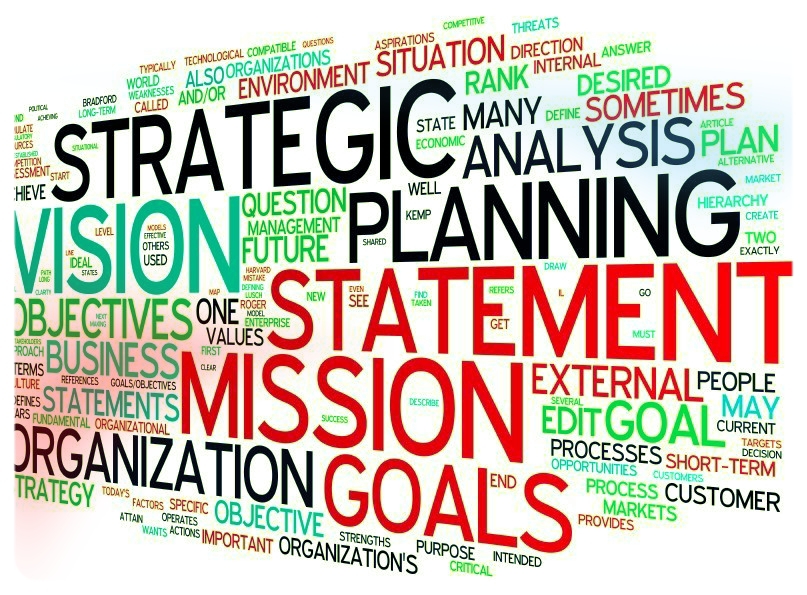




Employee engagement is a property of the relationship between an organization and its employees. An “engaged employee” is defined as one who is fully absorbed by and enthusiastic about their work and so takes positive action to further the organization’s reputation and interests.Friends, I know many of you run businesses and like happy and engaged employees.Let us talk about EMPLOYEES ENGAGEMENT in this article.Let us roll down…
Employee Engagement
Employee engagement can be defined as an employee putting forth extra open effort, as well as the likelihood of the employee being loyal and remaining with the organization for long time. Engaged employees, perform better, put in extra efforts to help get the job done, show a strong level of commitment to the organization, and are more motivated and optimistic about their work goals. Employers with engaged employees tend to experience low employee turnover and more impressive business outcomes. Employee engagement is essential. In order for organizations to meet and surpass organizational objectives, employees must be engaged.
Engaged employees reflects in following way,
- Higher self-motivation.
- New ideas generation
- Higher productivity.
- Higher levels of customer satisfaction.
- Reliability.
- Organizational loyalty; less employee turnover.
- Lower absenteeism.
Focus on employee engagement:
Organizations are focusing on the significance of employee engagement and how to make employees more engaged. Employees feel engaged when they know personal meaning and motivation in their work, receive positive interpersonal support, and operate in an efficient work environment. Organization is trying to refocused attention on maximizing employee output and making the most of organizational resources. When organizations focus attention on their people, they are making an investment in their most important resource. You can cut all the costs you want, but if you neglect your people, cutting costs won’t make much of a difference. Engagement is all about getting employees to “give it their all.” Some of the most successful organizations are known for their unique work environments in which employees are motivated to do their very best.
High-involvement, empowerment, job motivation, organizational commitment, and trust are focus on the perceptions and attitudes of employees about the work environment. In some ways, there are variations on the same fundamental issue. What predicts employees “giving their all?” Obviously, all organizations want their employees to be engaged in their work. Several standardized tools exist for assessing employee engagement and providing feedback for making changes. These tools tend to have several common goals and characteristics:
Create a Simple and Focused Index of Workplace Engagement
Many organizations are using very short, simple, and easy to use measures that focus on the fundamentals of a great workplace. Instead of conducting broad culture/climate surveys with 100 or more questions, organizations are opting for a focused approach that measures fundamental qualities of the workplace that likely will be important 10 years from now (e.g., feedback, trust, cooperation).
Competitors benchmarking
Most organizations want to know how they compare to other organizations. Using a standard measure of engagement allows organizations to see how they compare to other companies along a simple set of fundamental work qualities.
Direct action(s)
Engagement measures tend to be very actionable. This means that the organization can alter practices or policies to affect employees’ responses to every item in the measure.
Show relationship to company performance
Without a link to company performance or other critical outcomes, measures of engagement have little value. The whole idea behind engagement is that it leads to enhanced performance. The link to performance outcomes is a necessary underlying assumption of all engagement measures.
Engagement PREDICTS Organizational Success
Many studies have shown that investments in people (i.e., HR-related practices) have a reliable impact on the performance of organizations. People practices have significant relationships to improvements in productivity, satisfaction, and financial performance. When engagement scores are high employees are more satisfied, less likely to leave the organization and more productive.
Each organization is different and there are many factors that affect bottom-line outcomes; however, engagement scores can serve as meaningful predictors of long-term success. Some organizations use engagement scores as lead measures in their HR scorecards. When an organization can show the relationship between engagement scores and bottom-line outcomes, everyone pays attention to the engagement index. Establishing this critical link between people and performance helps HR professionals prove that people-related interventions are a worthwhile investment.
Elements of Engagement
Personal impact, focused work, and interpersonal harmony comprise engagement. Each of these three components has sub-components that further define the meaning of engagement.
Personal Impact
Employees feel more engaged when they are able to make a unique contribution, experience empowerment, and have opportunities for personal growth. The ability to impact the work environment and making meaningful choices in the workplace are critical components of employee empowerment. The perception of meaningful work is one of the most influential factors determining employees’ willingness to stay with the organization.
Focused Work
Employees feel more engaged when they have clear direction, performance accountability, and an efficient work environment. Aside from the personal drive and motivation to make a contribution, employees need to understand where to focus their efforts. Without a clear strategy and direction from senior leadership, employees will waste their time on the activities that do not make a difference for the organization’s success. Additionally, even when direction is in place, employees must receive feedback to ensure that they are on track and being held accountable for their progress. In particular, employees need to feel that low performance is not acceptable and that there are consequences for poor performance. Finally, employees want to work in an environment that is efficient in terms of its time, resources, and budget. Employees lose faith in the organization when they see excessive waste. For example, employees become frustrated when they are asked to operate without the necessary resources or waste time in unnecessary meetings.
Interpersonal Harmony
Employees feel more engaged when they work in a safe and cooperative environment. By safety, we mean that employee trust one another and quickly resolve conflicts when they arise. Employees want to be able to rely on each other and focus their attention on the tasks that really matter. Conflict wastes time and energy and needs to be dealt with quickly. Some researches also find that trust and interpersonal harmony is a fundamental underlying principle in the best organizations. Employees also need to cooperate to get the job done. Partnerships across departments and within the work group ensure that employees stay informed and get the support they need to do their jobs.
Making BIG USE of Engagement
Measurement of employee engagement can have many applications in the organization. Earlier, it is mentioned that engagement could serve as a general index of HR effectiveness in an HR scorecard. Also, engagement measures serve as an easy way to benchmark the work climate against other organizations.
Needs Analysis
The fundamental issues measured in engagement provide a quick index of what leaders and HR need to do to make things better. In addition, items in engagement surveys tend to be very actionable. This means that leaders or others in the organization can take action that will affect the score on a single item.
Evaluation
Many learning and performance interventions are designed to impact some aspect of engagement. When an engagement measure is used as a pre-implementation baseline, the impact of the intervention can be gauged by measuring post-implementation changes in engagement.
Climate Survey
Some organizations like to use engagement measures as simple indexes of the workplace culture. While more extensive surveys are valuable, sometimes it’s easier to focus attention on a few simple and proven factors.
Department or Leader Feedback
Depending on the demographic information collected when the engagement measure is implemented, one can create breakout reports by department or leader. This means departments and leaders can gain a better understanding of how engagement in their groups differs from the rest of the organization. This information can be used to create development plans or plans for larger-scale interventions.
RECOMMEND THIS SITE IF YOU LOVE IT. IGNITE & EXPLODE






![]()


